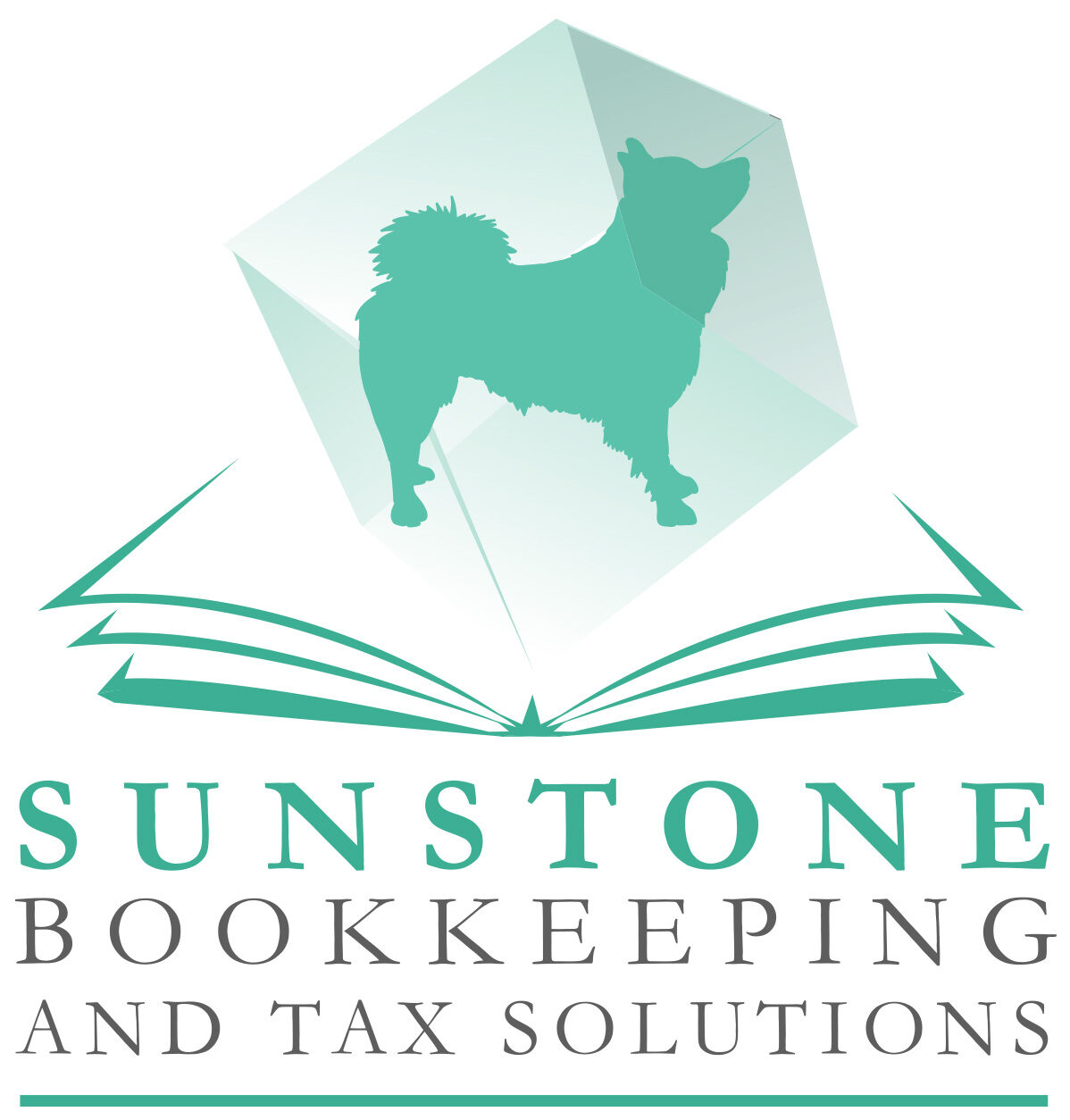
Did you need to tap your IRA, 401(k), or 403(b) due to financial setbacks suffered due to the pandemic before December 31, 2020? Then you need to pay careful attention to the tax implications and report it to the IRS even if you don’t need to file a federal income tax return.
(By the way: We are assuming here that you were qualified to do so; there are specific criteria for that that can be found at this site: IRA Coronavirus related relief for retirement plans FAQ.)
The good news is that you are able to avoid the 10% penalty tax for early withdrawal if you were under 59-and-a-half years old at the time of withdrawal, and if you repay the withdrawal within three years, you can avoid income tax on it … sort of.
The “sort of” disclaimer above is that you do have to recognize the income and pay applicable taxes before the repayment, but:
- You can spread the income recognition over three years in equal portions to soften the blow.
- If you make a repayment, you can file an amended return that excludes that income up to the amount recognized.
For example, if you took a distribution of $30,000 in 2020, you could elect to recognize the full amount as income in 2020 or recognize $10,000 in each of 2020, 2021, 2022. If you were to repay $12,000 in 2021 to any qualified retirement plan, you can file an amended 2020 return to exclude the $10,000 of income recognized (and taxed) in 2020 and the remaining $2,000 would apply to 2021 so that you only recognize $8,000. Conversely, if you repaid $21,000 in 2021, you would be able to amend 2020, exclude $10,000 for 2021, and then the remaining $1,000 for 2022.
Other key points:
- Your retirement plan was required to report the distribution on a 1099-R but is not required to treat it as a Coronavirus related distribution. You can still report it as a Coronavirus related distribution on Form 8915-E.
- Retirement plans are not required to amend their terms to accept repayments (which technically are treated as rollovers). In this case, you’ll need to find another plan to pay into to make a “repayment” for tax purposes.
This situation is a bit tricky, so be careful and make sure your tax preparer is paying close attention.
